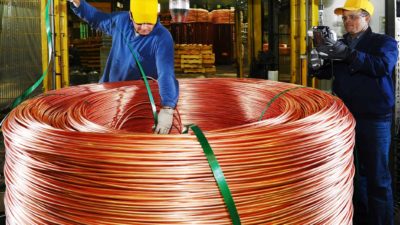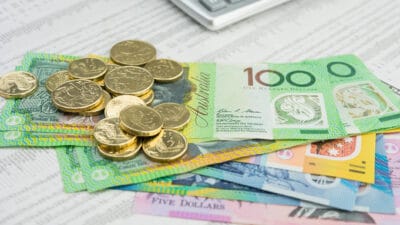The BHP Group Ltd (ASX: BHP) share price has fallen by approximately a third in just three months.
BHP is one of the world's biggest resource businesses. According to the ASX, it has a market capitalisation of $106 billion.
It has global exposure to a number of different resources including iron ore, copper, nickel, metallurgical coal, potash and petroleum.
Here are some of the things that may be impacting investor thoughts about the BHP share price:
Oil to be divested
BHP plans not to keep the exposure to petroleum for much longer. It's going to merge that division with Woodside Petroleum Limited (ASX: WPL), with BHP shareholders being issued Woodside shares.
Woodside and BHP say that the combination of these two businesses is expected to deliver substantial value creation for both sets of shareholders including greater scale, stronger cashflows and estimated synergies of more than US$400 million per year.
Iron ore plunge
Brokers and analysts had been predicting for a while that iron ore prices would fall. That fall has happened, seemingly rapidly, since May 2021. China has been telling steelmakers to reduce production and Chinese developers like Evergrande have been running into financial issues.
Whatever the reason(s) for the fall, the iron ore price has more than halved. A drop in profit can have an impact on the BHP share price.
Iron ore is important for BHP's profit – in FY21 the iron division made $24.3 billion of earnings before interest and tax (EBIT) of the total US$30.3 billion that BHP made.
Diversification
BHP doesn't have much control over the prices that are paid for its commodities. However, it can decide on which commodities it has exposure to.
The company has plans to expand in the potash sector. It's doing this with the Jansen stage 1 project which is aligned with its strategy of growing exposure to future facing commodities in "world class assets".
BHP has approved a US$5.7 billion investment of capital expenditure for Jansen which includes funding for the required port infrastructure.
The resources business says that exposure to potash provides increased leverage to key global mega trends including a rising population, changing diets, decarbonisation and improving 'environmental stewardship'.
Jansen stage one is expected to produce approximately 4.35 million tonnes of potash per annum. The first ore is targeted in the 2027 calendar year, followed by a ramp up period of approximately two years.
BHP said that at consensus prices, the go-forward investment on Jansen is expected to generate an internal rate of return of between 12% to 14%, an expected payback period of seven years from first production and an underlying earnings before interest, tax, depreciation and amortisation (EBITDA) margin of approximately 70%.
In summary, BHP said that the Jansen project offers significant high-returning growth optionality in the world's "best potash basin".
Is the BHP share price a buy?
Credit Suisse currently rates BHP as 'neutral', with a price target of $39.50. The broker thinks that whilst iron prices are weaker, coal can make up for some of that decline. However, it warns that if BHP does decide to sell its coal business to improve its green credentials, it may end up doing so at a price that's cheaper than the coal business could be worth.
Credit Suisse thinks that the resources giant is going to pay a grossed-up dividend yield of around 10% in FY22.








